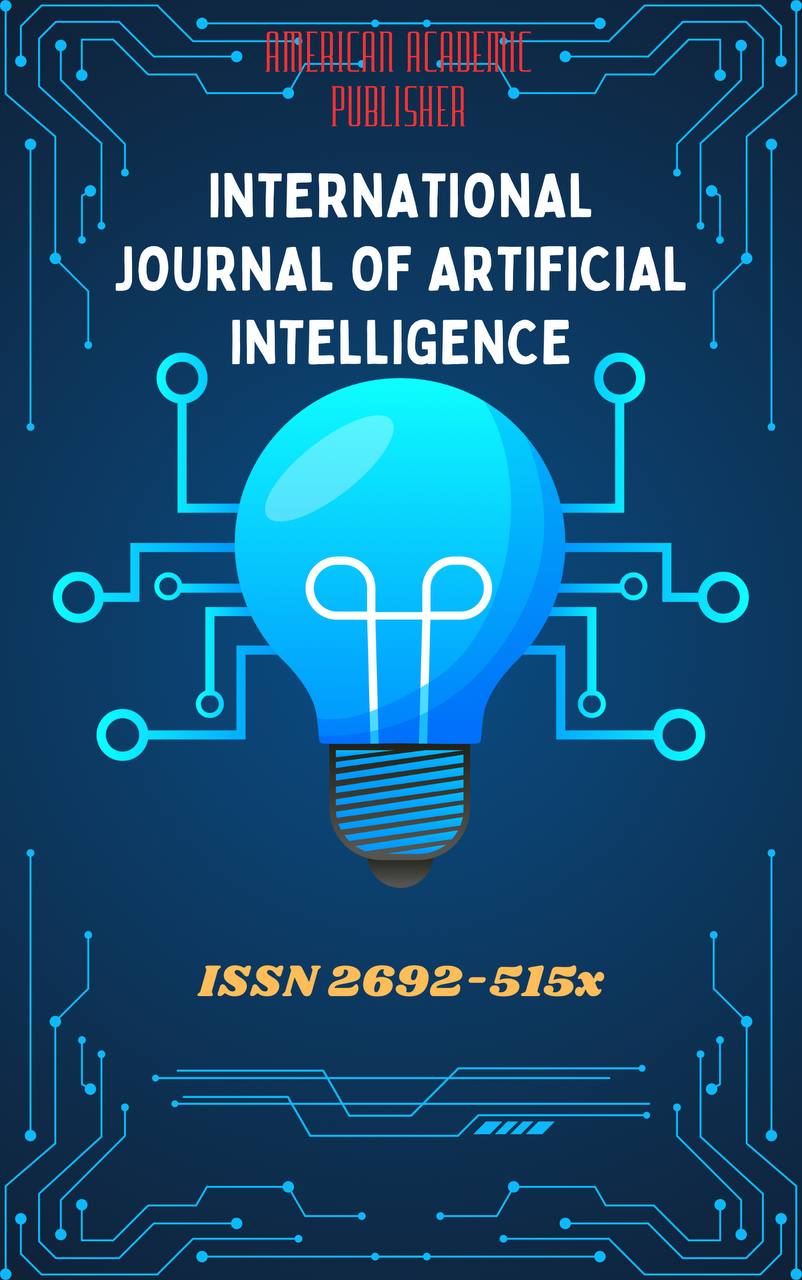 Articles
| Open Access |
Articles
| Open Access | RADIO IS A MODERN ELECTRONIC COMMUNICATION TOOL
Maulenbergenova Gulnaz Otepbergenovna , Trainee teacher at the Department of Journalism, Berdak Karakalpak State UniversityAbstract
World civilization is entering an information society. Therefore, in today's era of rapid information flow, delivering information to listeners promptly and efficiently is one of the main requirements of today. In addition to traditional mass media, electronic media also make a significant contribution to the implementation of this function. Furthermore, with additional and unofficial sources entering the information market, there is a need to study and analyze the role and function of a single local state radio channel, which delivers global and local news to listeners, in the information space.
Keywords
Civilization, society, global news , electronic communication tools, radio , broadcasts messages
References
Abdusagatova F., Azimova S. Radio audience and methods of its study // Development and transformation processes of television and radio journalism of Uzbekistan// Tashkent - 2017.
Arslanova O.R. Tendentsii razvitiya informatsionnogo radioveshchaniya v sovremennoy Rossii. Autoref. sugar diss. - Moscow: 2009.
Bazarbaeva A.G. History of television and radio in Karakalpakstan. Innovation: The journal of social sciences and researches. Vol.1 2023.
Boykabilova P., Boykabilova M. Conditions of information globalization // Development and transformation processes of television and radio journalism of Uzbekistan // Tashkent - 2017.
Voron N.I. Genre photojournalist. Uchebnoe posobie. Moscow 2012.
Grigorova L.V. Radioreportaj v programmax mestnogo veshchaniya: na primere Stavropolskogo kraevogo radio. Autoref.kand.diss. Moscow, 2007.
Article Statistics
Downloads
Copyright License

This work is licensed under a Creative Commons Attribution 4.0 International License.

